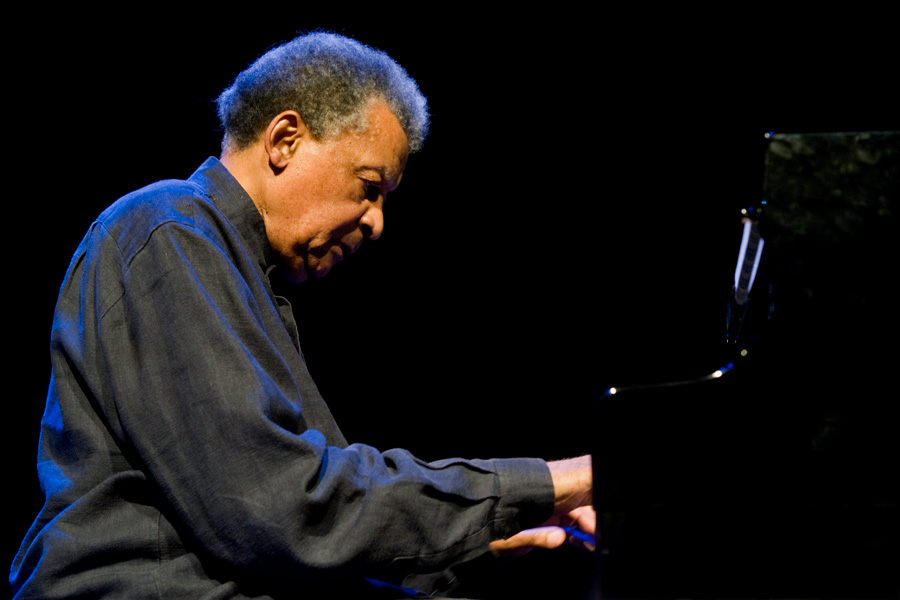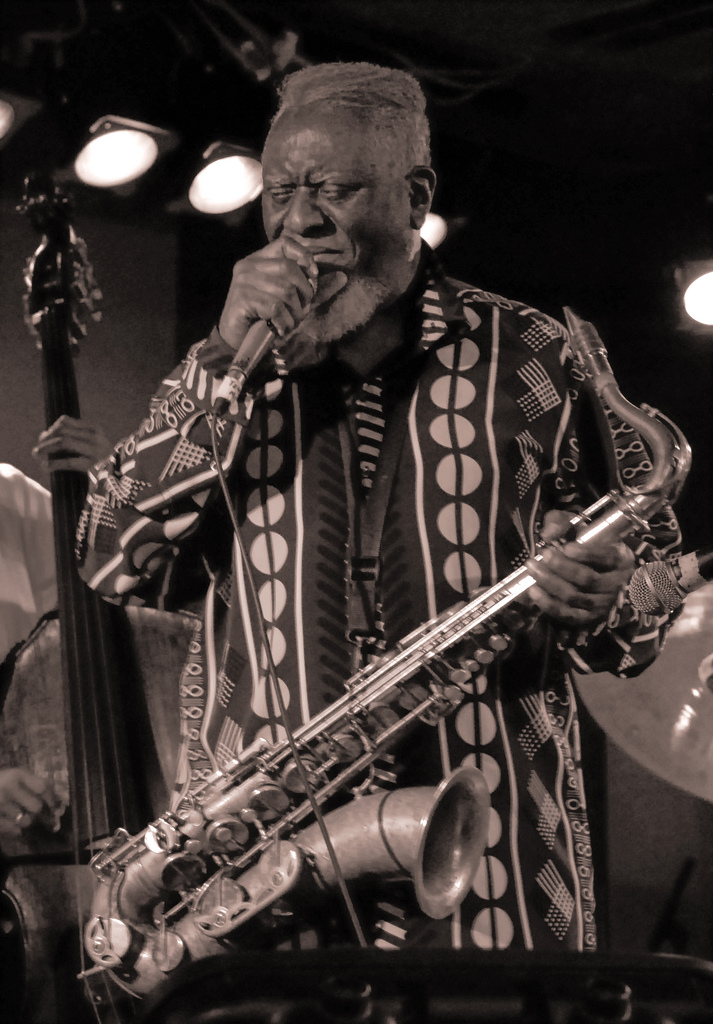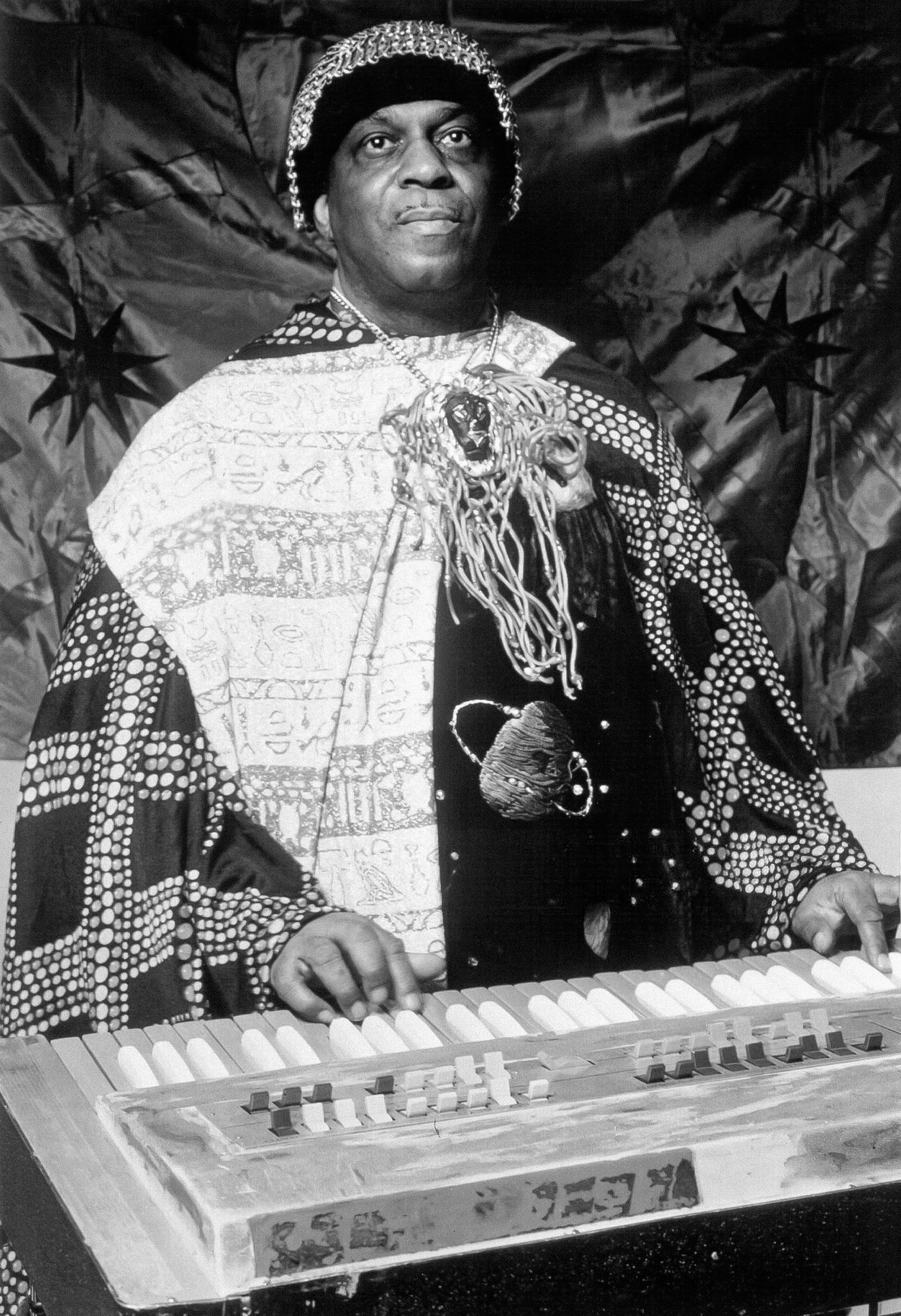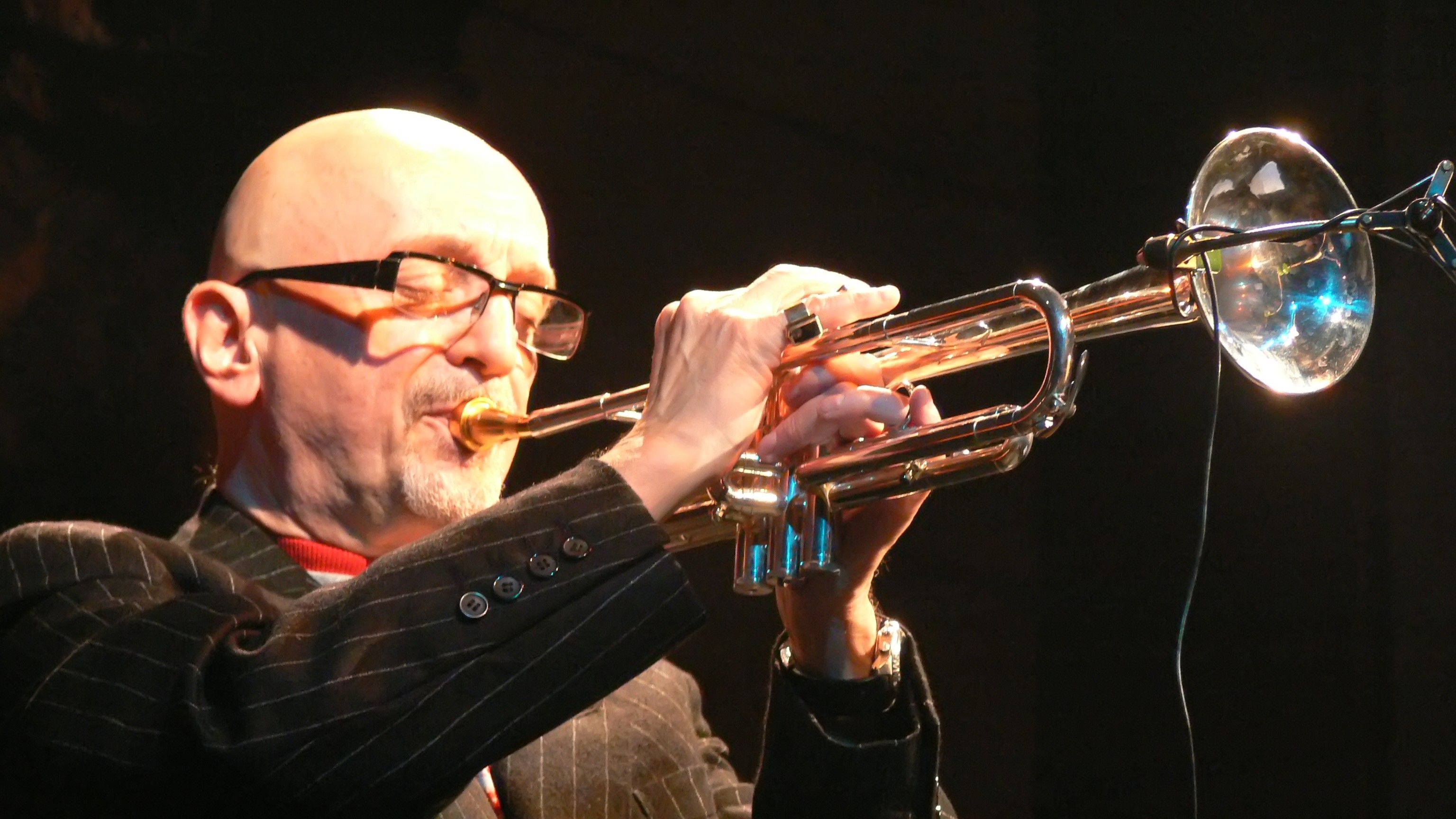Free jazz
Enlarge text Shrink text- Work cat.: Coleman, O. Free jazz, p1999.
- New Grove, 2nd ed. WWW site, Mar. 18, 2003(Free jazz: a term applied to the avant-garde jazz of the 1960s, particularly the work of Ornette Coleman, Cecil Taylor and Albert Ayler, and the late work of John Coltrane)
- All-Music Guide WWW site, Mar. 18, 2003(Free jazz was a radical departure from past styles, for typically after playing a quick theme, the soloist does not have to follow any progression or structure and can go in any unpredictable direction)
Free jazz, or free form in the early to mid-1970s, is a style of avant-garde jazz or an experimental approach to jazz improvisation that developed in the late 1950s and early 1960s, when musicians attempted to change or break down jazz conventions, such as regular tempos, tones, and chord changes. Musicians during this period believed that the bebop and modal jazz that had been played before them was too limiting, and became preoccupied with creating something new. The term "free jazz" was drawn from the 1960 Ornette Coleman recording Free Jazz: A Collective Improvisation. Europeans tend to favor the term "free improvisation". Others have used "modern jazz", "creative music", and "art music". The ambiguity of free jazz presents problems of definition. Although it is usually played by small groups or individuals, free jazz big bands have existed. Although musicians and critics claim it is innovative and forward-looking, it draws on early styles of jazz and has been described as an attempt to return to primitive, often religious, roots. Although jazz is an American invention, free jazz musicians drew heavily from world music and ethnic music traditions from around the world. Sometimes they played African or Asian instruments, unusual instruments, or invented their own. They emphasized emotional intensity and sound for its own sake, exploring timbre.
Read more on Wikipedia >
 Topic
Topic






